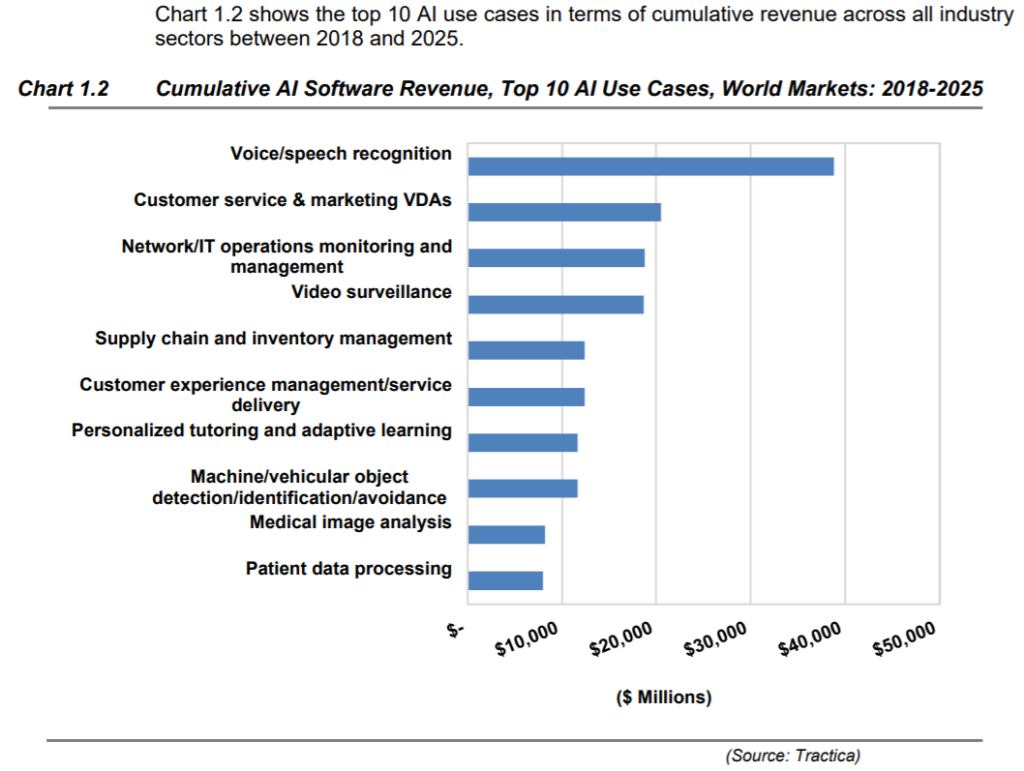Connectivity and artificial intelligence (AI) will be the biggest drivers for 2020, with an emphasis on improved reliability across all areas. New standards, new applications, and new pressures being placed on old technology will create boundless opportunities for those ready to fill the need. (Also read: Connectivity is the Key to the New Future of 2020 and Beyond)

There is a larger trend going on. “We are starting to see a need to move from the device era to an era of connectivity,” says Joseph Sawicki, executive vice president for IC EDA at Mentor, a Siemens Business. “This is evident in areas like IoT, industrial IoT, smart city, and autonomous driving. This means that verification needs to move to verification and validation of the digital twin — from the multi-chip interfaces into mechanical and real-world data — to ensure these complex systems work together.
“Digital twins, or the concept of complete replicate simulation, are the nirvana of design engineers. In 2020, we will see digital twins mature and move to the mainstream as a result of their ability to accelerate innovations. To fully realize the technology’s benefits, companies will look for advanced design and test solutions that can seamlessly validate and optimize their virtual models and real-world siblings to ensure that their behaviors are identical.”
AI is still the hottest area — “Over the last 7 years, the total venture investment in the AI/ML semiconductor sector now exceeds $2.5 billion — well over 4X the investment in the next largest market segment, high-speed communications and 5G wireless.”
People at Arm believe that “IoT will help to commercialize AI in 2020, with IoT-enabled companies using physical real-time data from IoT devices to advance their AI business goals. And as the amount of data collected from IoT devices grows and machine learning is deployed in devices and the cloud, the machine learning models will need to be updated regularly to deliver better results. We foresee the development of technology to create ‘living models’ that are constantly updated and improving AI-driven business outcomes.”
Not only IoT-based sensor data, IT-based signals, or user-generated data inputs (including form-based data and digital trail data, which can be generated by online searching, purchasing data, location data, etc.). Companies have been collecting data on people, processes, and things for several years and are now able to feed that data into ML models.
“The global AI market is entering a new phase in 2020 where the narrative is shifting from asking whether AI is viable to declaring that AI is now a requirement for most enterprises that are trying to compete on a global level,” according to the market intelligence company Tractica, AI is likely to thrive in consumer (Internet services), automotive, financial services, telecommunications, and retail industries.
Not surprisingly, the consumer sector has demonstrated its ability to capture AI, thanks to the combination of three key factors – large data sets, high-performance hardware, and state of the art algorithms. Tractica estimates that many of the top enterprise AI verticals will follow and replicate a strategy similar to consumer Internet companies. Annual global AI software revenue is forecast to grow from $10.1 billion in 2018 to $126.0 billion by 2025.
Here are the top 10 use cases in term of cumulative revenue across all industry sectors, reported by Tractica.

